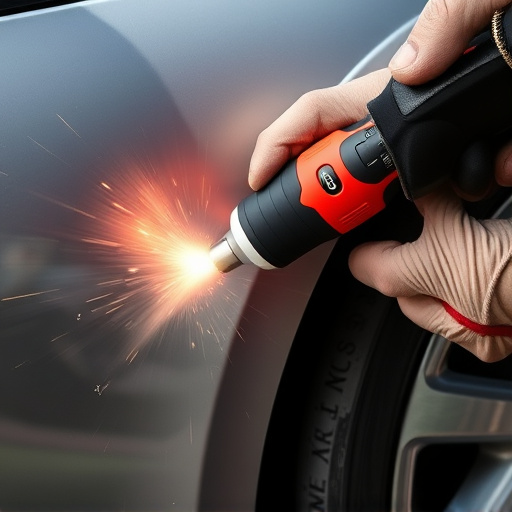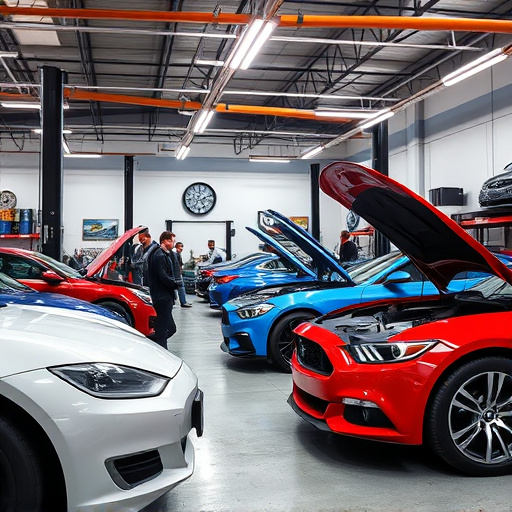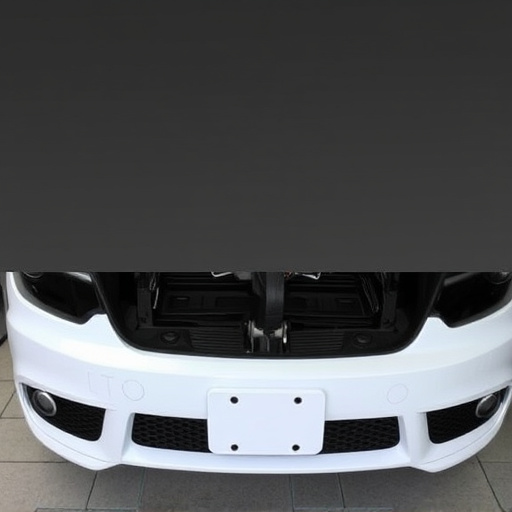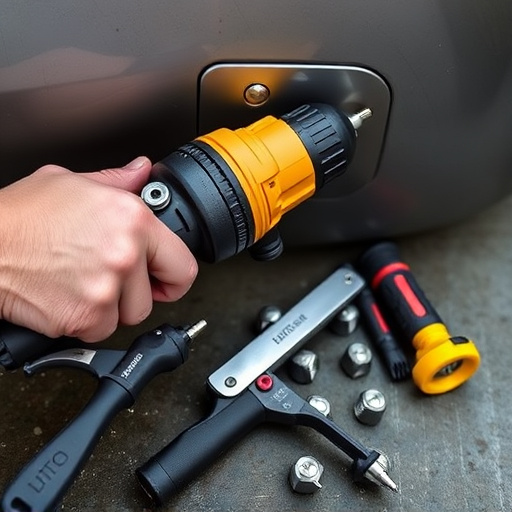Program New Mercedes Rear Light Assemblies Effortlessly

Mercedes rear light assemblies are critical for vehicle safety and style, requiring skilled technici…….
Welcome to an in-depth exploration of the often-overlooked yet critical component in automotive design—the Mercedes rear light assembly. This article aims to shed light on the intricate details, global impact, and future prospects of this essential car part. The rear light assembly, a seemingly simple yet vital element, plays a pivotal role in vehicle safety, visibility, and style. As we delve into its various facets, you’ll gain insights into why it matters not just for Mercedes-Benz vehicles but for the automotive industry at large.
Definition: The Mercedes rear light assembly refers to the complete set of lights located at the rear of a vehicle, designed primarily for braking and turn signal indication. It includes brakes lights, tail lights, stop lights, and turn signals, all housed in a single unit.
Core Components:
The rear light assembly is not just about functionality; it’s also an integral part of a vehicle’s aesthetic appeal. Mercedes-Benz, renowned for its luxury and precision engineering, has consistently set the bar high in terms of design and performance for this component.
Historical Context:
Rear lighting systems have evolved significantly over the years, driven by safety standards and technological advancements. The early days saw simple oil lamp-based systems, followed by the introduction of electric lights in the late 19th century. Modern rear light assemblies incorporate advanced LED (Light Emitting Diode) technology, offering improved brightness, energy efficiency, and longer lifespans.
The Mercedes rear light assembly has a profound global impact, influencing automotive safety standards and design trends worldwide. Here’s an overview:
| Region | Regulatory Body | Key Standards | Impact on Design |
|---|---|---|---|
| Europe | European Union (EU) | EU Regulation 76/768/EEC (Lighting and Lamps) | Stricter safety standards have led to more advanced LED technology and unified lighting systems across vehicle models. |
| North America | National Highway Traffic Safety Administration (NHTSA) | Federal Motor Vehicle Safety Standards (FMVSS) No. 101 | Emphasis on robust stop lamps and turn signal functionality, influencing the placement and intensity of rear lights. |
| Asia Pacific | Various Local Authorities | Japan: JIS (Japanese Industrial Standard), China: GB/T (Chinese National Standard) | Rapidly growing automotive markets in these regions drive innovation in rear light design, focusing on aesthetics and advanced lighting features. |
Trends Shaping the Future:
Market Size and Growth:
The global automotive lighting market, including rear light assemblies, is projected to reach USD 48.7 billion by 2025, growing at a CAGR (Compound Annual Growth Rate) of 6.5% from 2020 to 2025. This growth is primarily driven by the increasing demand for safer and more technologically advanced vehicles.
Investment Patterns:
Economic Impact:
The Mercedes rear light assembly has witnessed numerous technological leaps, revolutionizing its functionality and design. Here’s a look at some significant advancements:
Global Regulatory Frameworks:
Key Regulations:
Despite its advancements, the Mercedes rear light assembly faces certain challenges and criticisms that require attention:
Proposed Solutions:
Case Study 1: Mercedes-Benz E-Class (2020-present)
The 2020 Mercedes-Benz E-Class introduced a sleek and sophisticated rear light assembly design. Its signature ‘3D’ LED lights not only enhance the vehicle’s aesthetic appeal but also offer improved visibility and dynamic lighting patterns. This design has received widespread acclaim for its innovation, winning several automotive design awards.
Key Takeaways:
Case Study 2: Tesla Model 3 (2017-present)
Tesla’s Model 3 features a unique all-LED rear light assembly that wraps around the vehicle’s body, providing excellent visibility and a futuristic look. This design is not only visually appealing but also offers superior performance in low-light conditions.
Lessons Learned:
The Mercedes rear light assembly is poised for further growth and development, driven by emerging technologies and evolving consumer preferences. Here’s a glimpse into the future:
The Mercedes rear light assembly, though often overlooked, is a critical component that impacts vehicle safety, visibility, and design. From its historical evolution to cutting-edge technological advancements, this component continues to adapt to meet global standards and consumer expectations. As we look ahead, the future promises exciting possibilities, from smarter lighting systems to integration with autonomous driving technologies.
Q: How do rear light assemblies improve vehicle safety?
A: Rear light assemblies play a vital role in road safety by providing clear signals for braking, turning, and stopping. They enhance visibility during low-light conditions, reducing the risk of accidents and improving overall driver awareness.
Q: What are the benefits of LED technology in rear lights?
A: LED (Light Emitting Diode) technology offers several advantages, including superior brightness, longer lifespans, energy efficiency, and quick switch-on times. LEDs also produce less heat than traditional bulbs, contributing to improved vehicle performance.
Q: Can rear light assemblies be customized?
A: Yes, many modern vehicles offer customizable lighting options, allowing drivers to personalize the color, intensity, and patterns of their rear lights. This trend is expected to grow as consumer preferences for unique vehicle customization increase.
Q: How do global regulations impact the design of rear light assemblies?
A: Global regulatory bodies like UNECE and the EU set strict standards for vehicle lighting systems. These regulations ensure consistent safety, visibility, and performance across different regions, influencing automakers’ design choices and technology investments.

Mercedes rear light assemblies are critical for vehicle safety and style, requiring skilled technici…….

Mercedes rear light assemblies require specialized care due to their complex design. While basic rep…….

Before repairing a Mercedes rear light assembly, gather proper tools and learn component parts. Remo…….

The Mercedes rear light assembly is a complex system integrating taillights, turn signals, brake lig…….

The Mercedes AMG rear light assembly distinguishes high-performance models with its aggressive desig…….

To clean your Mercedes rear light assembly, set up a dedicated workspace with essential tools and sa…….

Replacing a Mercedes rear light assembly requires understanding its components and proper installati…….

Mercedes rear light assemblies face issues like damaged bulbs, cracked lenses, and misaligned parts…….

Mercedes rear light assemblies require regular maintenance and professional care to ensure safety an…….

Using Original Equipment Manufacturer (OEM) parts for Mercedes rear light assembly repair is recomme…….